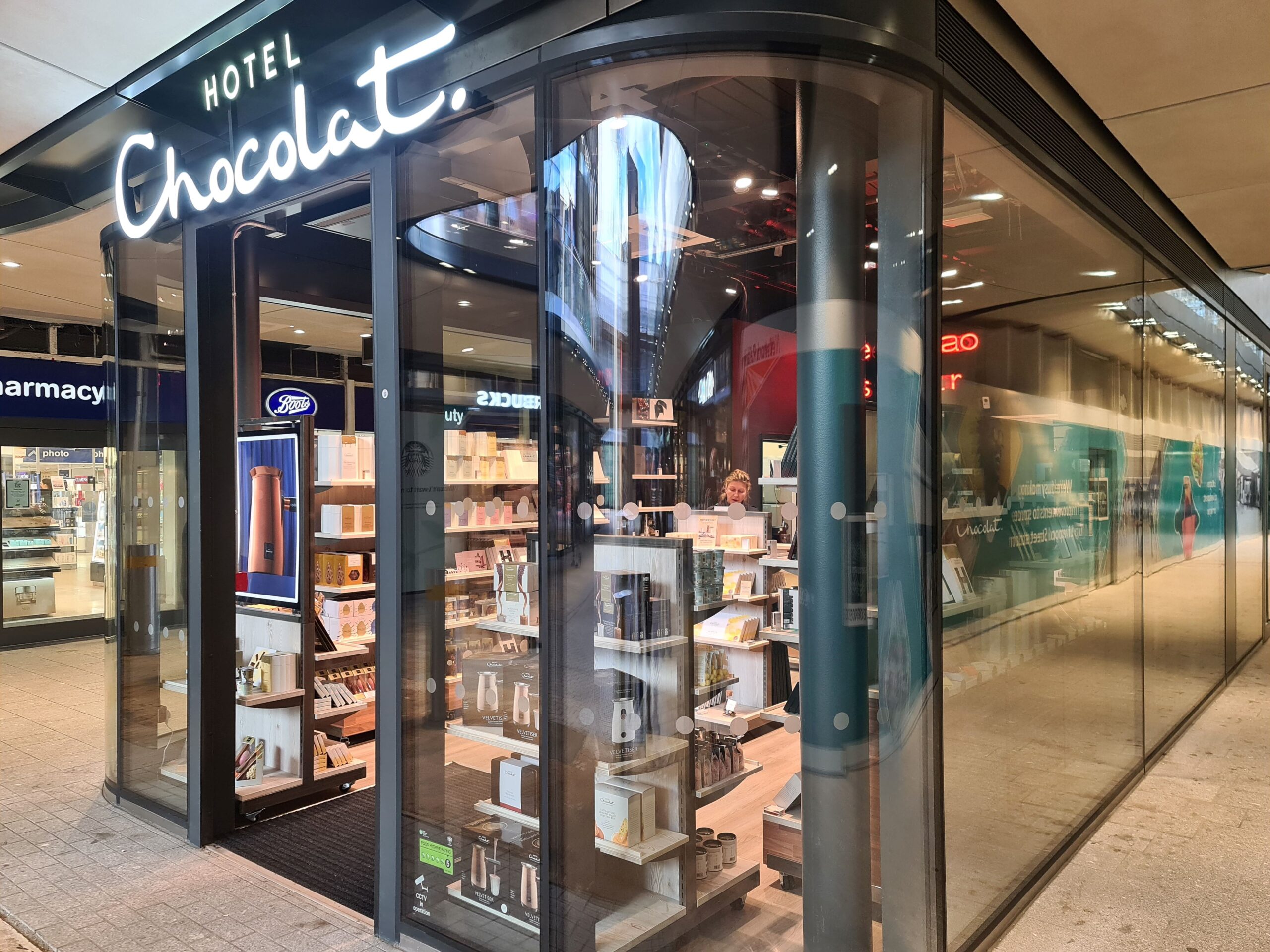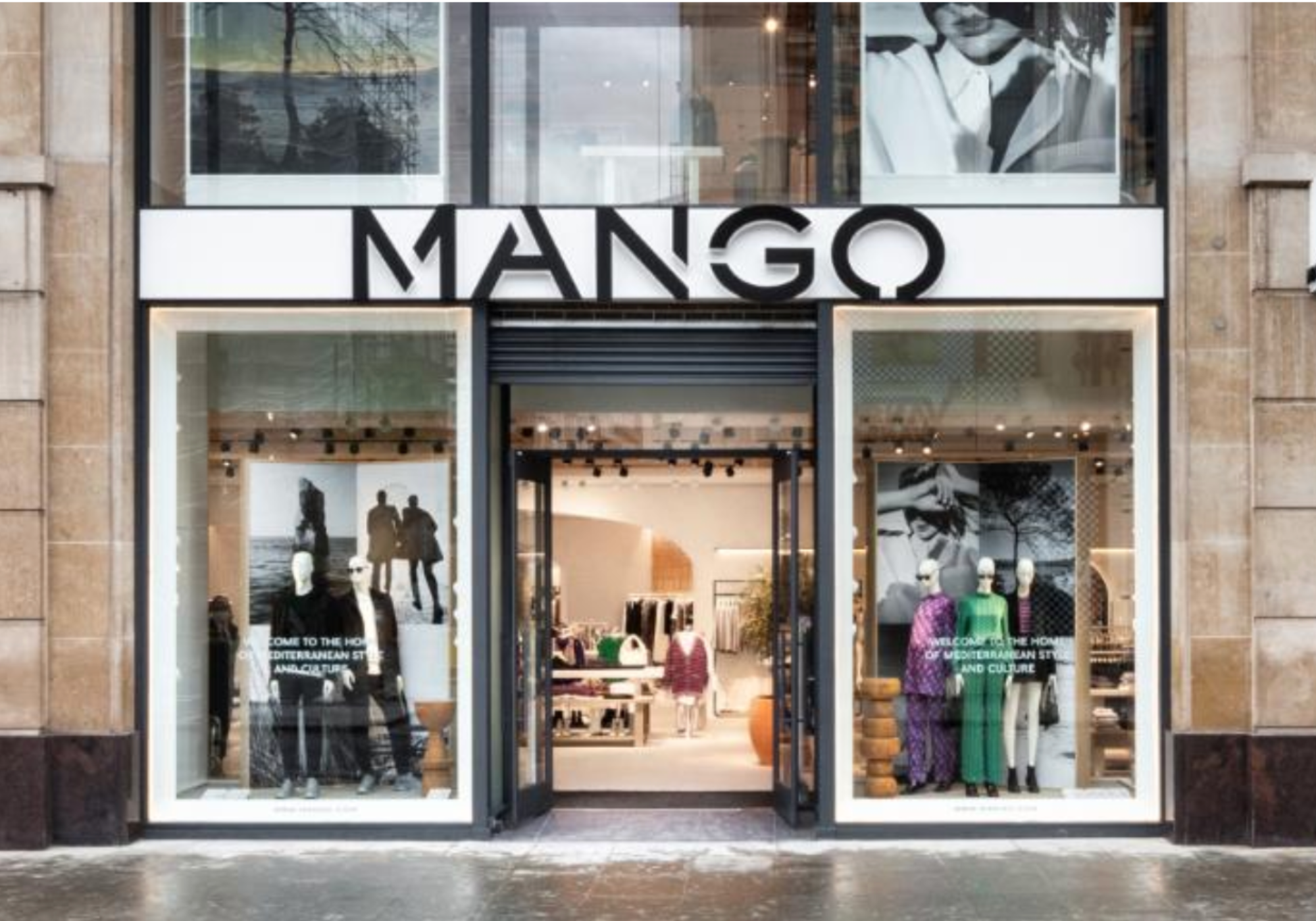One of the key reasons shoppers choose not to use a grocery delivery service is that they do not want to pay more than necessary, according to new shopper behaviour research from Mercatus.
The grocery ecommerce software provider’s latest study, Omnichannel Shopper Behaviour Report 2022, found delivery cost tied with customers wanting to select their own produce.
Specifically, customers’ desire to pay no more than necessary was directed squarely at delivery’s additional service-related costs, not the prices paid for the products online. The research also found that when given the choice, customers are much more likely to select a time slot later the same day, or even the next day, if that meant they could pay a lower delivery fee.
“If you are a grocery delivery customer – especially one using a third-party marketplace – it’s understandable that you may want to find ways to pay less given inflation’s impact on purchasing power,” Mark Fairhurst, VP marketing at Mercatus said.
“These incremental costs, including delivery fees, shopper service charges, fuel surcharges, and even a very modest tip, are some of the last things customers view during the checkout stage.”
The research also highlighted that the age of consumers effected the shoppers behaviour. The oldest customer group (>60) was significantly more concerned with picking their own produce versus younger shoppers (75% vs. 53%), while the desire to avoid paying the service-related costs was the same across all age cohorts.
Only one in seven households (14%) cited “the products are more expensive online than in the store” as a reason for not using a delivery service. “These findings reinforce the idea that customers are more sensitive to the added service costs that they can plainly see,” said David Bishop, partner at grocery insight firm Brick Meets Click.
“This makes sense, because accurately perceiving differences in product pricing online versus in-store, even with known value items, requires more effort on the customer’s part.”
Most customers only need to choose when they’d like to receive their order as the delivery fee at that point is usually fixed but the research found there is an opportunity for grocers to challenge that practice and consider a variable fee approach based on when a customer would like to receive the order.
When offered a variable fee that scaled down as the time to delivery was extended, the share of shoppers that selected delivery within the 30-to-60 minute and one-to-three-hour windows declined by more than half, and over 40% of customers selected to receive the order next day or longer.
“Grocery customers don’t want to pay more than they must, and the explicit fees that come with online delivery are a big speed bump,” said Sylvain Perrier, president and CEO, Mercatus. “Other aspects of this research reinforce that grocery customers shop regional grocers for different reasons than big-box mass retailers like Target or Walmart. Being more convenient is the main reason customers prefer Grocery over a Mass retailer, followed by the quality of the products they want to buy.”







